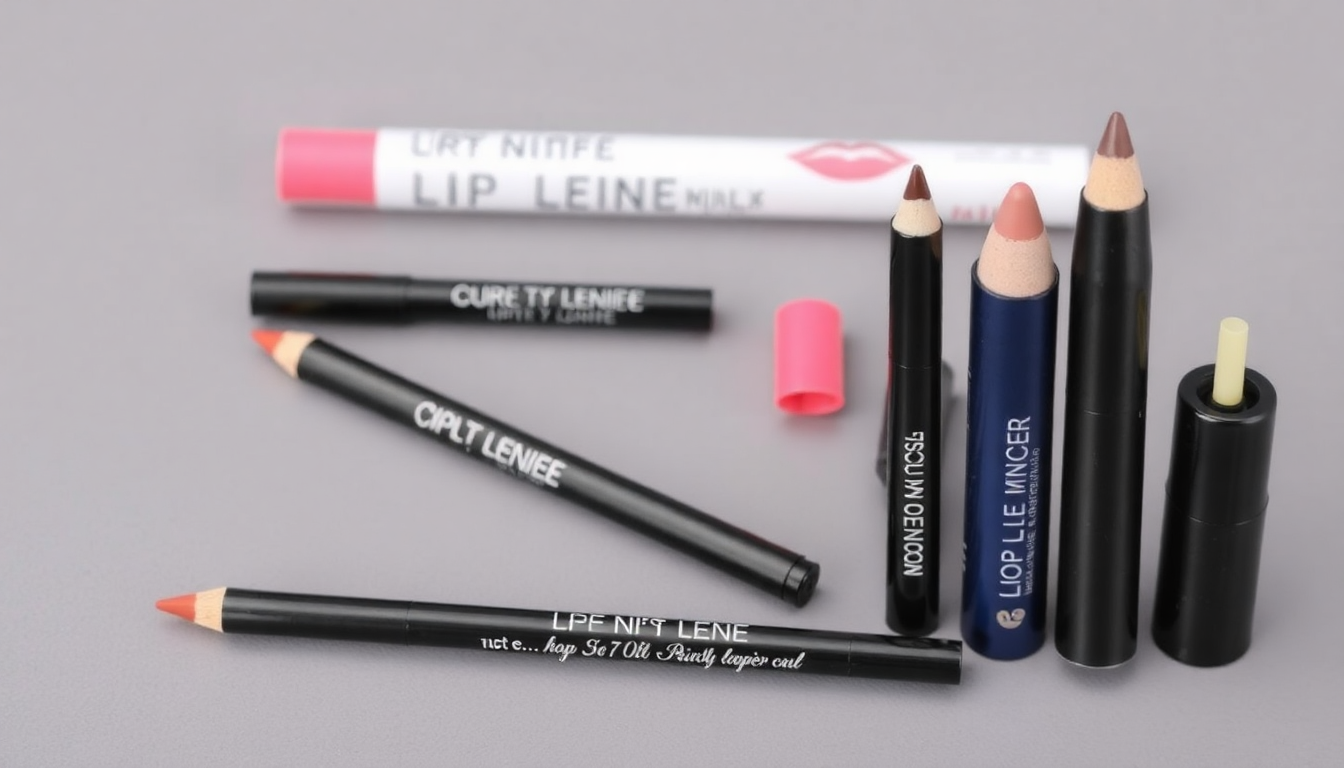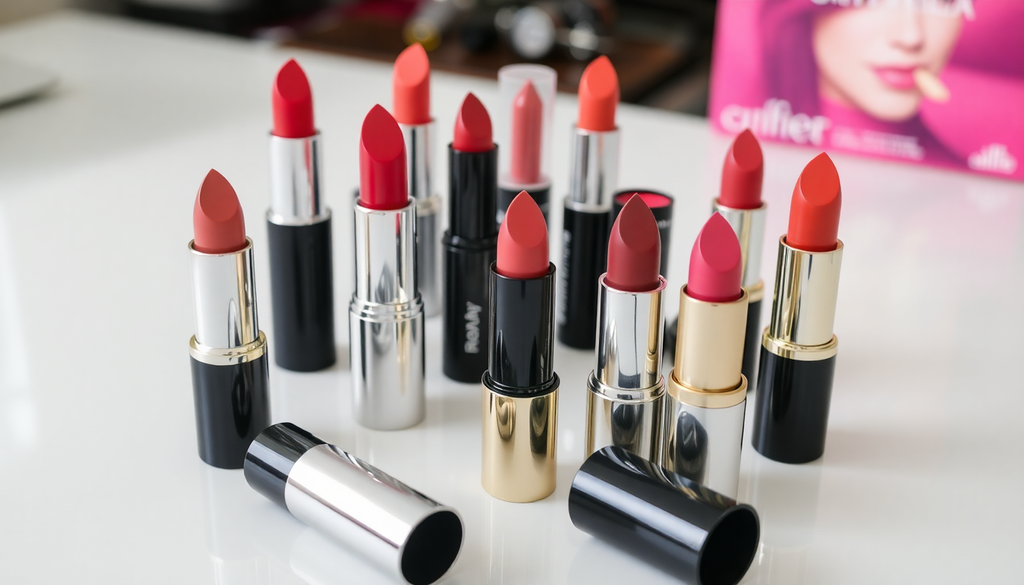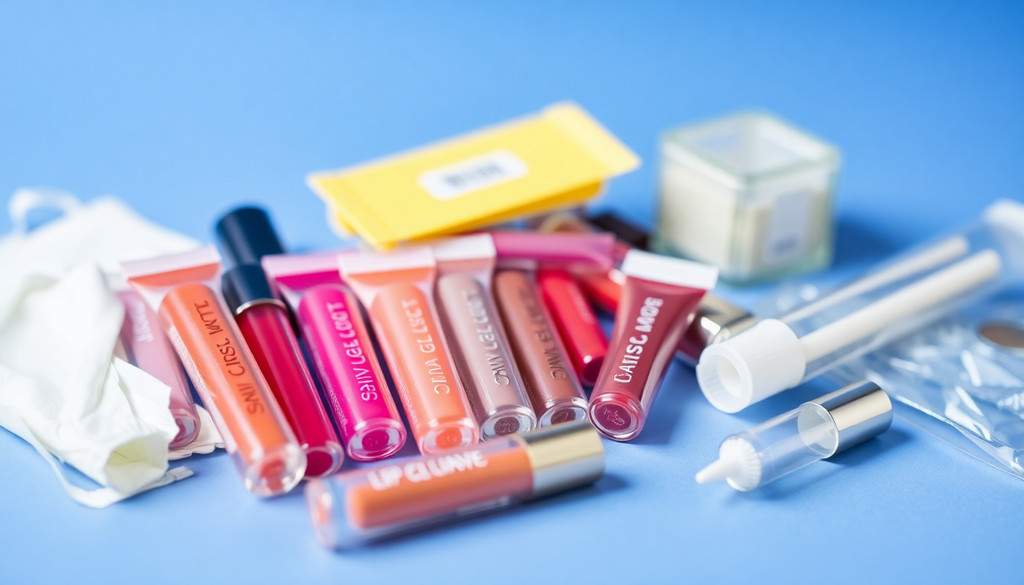
Private Label Lip Liner Made Simple: Long-Wear Vegan Formula, Packaging Choices & MOQ Cost Guide
Ultimate Guide to Launching a Private Label Lip Liner Like a Pro
Why a Lip Liner Is Your 2024–2025 Brand Launchpad (+Market Signals)
Lip liner is a high-margin, category-defining product that helps brands increase average order value and bundle into multi-product launches. Current market signals show rising consumer interest in long-wear finishes, vegan claims, and sustainable packaging for everyday makeup. For new founders, a well-formulated lip liner is lower complexity than a full lipstick line but delivers strong perceived value when paired with matching lipstick or gloss.
Sources worth checking for headline data include industry trackers and search analytics such as NPD Group, Euromonitor, and Google Trends — they consistently highlight growth in ethical cosmetics and functional, defining products through 2024 and into 2025.
Step 1: Formula Foundations — What Beginners MUST Know
Define your product brief before seeking manufacturers. For a private label lip liner, the brief should capture texture, wear time, finish, shade family, and the vegan claim. Options to consider:
- Waxy crayon core: easy glide, familiar feel, good for sharpenable pencils.
- Polymer-enhanced gel core: higher transfer resistance and longer wear.
- Hybrid cores: balance glide and hold with film-formers and emollients.
Key ingredient types to request in your formulation
- Plant-derived waxes such as candelilla and carnauba for firmness and glide.
- Emollient esters to reduce drag and maintain comfort.
- Film-formers such as safe acrylates or silicone substitutes for long wear.
- Iron oxides and approved pigments for color stability and opacity.
Vegan & claims checklist: verify all ingredient INCI names, refuse beeswax, lanolin and any animal-derived glycerides unless you have supplier documentation guaranteeing plant origin. Ask for a certificate of analysis and a declaration of vegan compliance if you plan to market the product as a vegan lip product.
Testing you cannot skip: stability (heat/cold/light), transfer and rub tests, preservative efficacy (if applicable), and a 12-week color stability panel. Never skip stability testing!
Step 2: Packaging That Sells — Budget to Luxury Options
Packaging choices determine both unit cost and brand perception. Here are practical options and realistic price expectations at typical MOQs.
- Budget option: printed wooden pencils + simple recyclable box. Typical cost under $0.80 per unit at higher MOQs (1,000+).
- Mid-tier: plastic retractable mechanism with printed barrel and cap. Adds $0.50–$1.00 per unit depending on finish and MOQ.
- Premium / sustainable: sugarcane bio-plastics, anodized metal details, or embossed packaging. Expect $1.00–$2.50+ per unit.
Other factors that drive cost
- Full-color printing vs. simple silk-screen or sticker labeling.
- Custom tooling for unique mechanisms — amortize the mould cost across units.
- Secondary packaging such as windowed boxes, trays, or kits.
Tip: ask your manufacturer about pre-stocked components. Using stocked barrels or caps drastically lowers lead time and often reduces MOQ thresholds.
Step 3: Color Selection Science — From Pantone to Profit
Choosing shades is like building a capsule wardrobe: start with versatile staples, then add seasonal or statement tones. A 5-shade starter set lets you appeal to the broadest customer base without overextending inventory.
- Shade 1 - Universal nude: foundation liner for everyday wear (cool beige direction).
- Shade 2 - Soft rose: soft, everyday pink that pairs with most lip colors.
- Shade 3 - Deep mauve: provides shape and depth for matte lipsticks.
- Shade 4 - Brown-red: warm-toned classic that complements neutral lipsticks.
- Shade 5 - Berry or plum: a seasonal/popular accent shade for autumn and winter.
Suggested color references to share with your manufacturer: communicate Pantone-ish direction and sample swatches rather than relying solely on named shades. Example references to include in your tech pack: cool nude approximating a soft beige, rosy mauve with mid L* and slightly negative a* for cool tone, and deep berry with lower L* and higher b* for saturation. Providing physical lab dips or swatches reduces iteration time.
Step 4: Cost Control Tactics — Manufacturing Insider Tips & MOQ Guide
Realistic per-unit costs depend on formula complexity, pigment load, packaging choices and logistics. Typical ranges at small MOQs:
- Core product manufacturing: $0.80–$2.50 per unit for lip liner cores at MOQs of 500–1,000, variable by mechanism and pigment cost.
- Packaging: $0.20–$2.50 per unit depending on wooden pencil vs. retractable vs. premium options.
- Testing & compliance: $500–$2,500 initial testing and certification budget depending on markets and claims.
Actionable cost-control tactics
- Consolidate shades into a single production run to reduce set-up fees.
- Opt for pre-stocked standard components and upgrade finishes later once you have traction.
- Negotiate unit price breakpoints at 500, 1,000 and 5,000 units to plan scaling.
Regulatory & Labeling Essentials
Different markets have different rules. Key requirements to check before launch:
- US: ingredient declaration as INCI names and a responsible manufacturer or distributor address.
- EU/UK: comply with cosmetic product safety report (CPSR) and notify the product in the Cosmetic Product Notification Portal (CPNP or UK equivalent).
- Claims: support any claim such as vegan, cruelty-free, or long-wear with documentation and testing.
Plan for labeling lead time — artwork approvals and language translations can add weeks.
Manufacturer's Corner: How We Make Lip Liner Development Painless
When evaluating a contract manufacturer for private label lip liner or custom cosmetics, ask for clear timelines and services. Ideal partners provide pilot batches, color matching, and support for regulatory documentation.
Typical development timeline you should expect
- Initial inquiry to NDA and quote: 3–7 business days.
- Prototype formulation and color matching: 2–4 weeks.
- Sample approval and small-pilot run: 2–3 weeks.
- Stability testing (recommended minimum): 8–12 weeks parallel to packaging manufacturing.
- Full production and shipping: depends on MOQ and logistics, often 4–10 weeks.
Three Practical Checklists Before You Sign an MOQ
Formula & Claims Checklist
- Full INCI ingredient list and supplier COAs.
- Proof of vegan claim (supplier declarations and absence of animal-derived ingredients).
- Stability, transfer test, and optional wear study data.
- Shelf-life and storage conditions documented.
Packaging & Artwork Checklist
- Unit cost and lead time for each packaging option at your target MOQ.
- Artwork specs, dielines and pre-flight checks for print readiness.
- Proof of packaging sustainability claims if you plan to market eco credentials.
- Master carton count and retail-ready pack sizing.
Commercial & Compliance Checklist
- Detailed quote with price breakpoints for 500/1,000/5,000 units.
- Supplier certifications such as GMP, ISO audits or factory photos.
- Sample retention policy and warranty for production defects.
- Clear return, recall and insurance terms.
Marketing & Go-to-Market Tips for Maximum Sell-Through
Launch strategically to maximize cash flow and customer feedback.
- Bundle lin er with a matching lipstick or gloss for a higher AOV and easier cross-sell.
- Offer a 5-shade capsule first and use pre-orders to validate demand before full production.
- Use influencer lipswatches and short video content to show non-drag swipes and longevity.
- Collect wear-test footage and customer reviews during your pilot to support long-wear claims.
Final Budget Example & Key Takeaways
Example baseline for a conservative first run across 5 shades with mixed packaging (1,000 units total):
- Formulation & prototyping: $1,000–$3,000
- Testing & compliance: $800–$2,500
- Production (1,000 units): $1,000–$3,000 depending on packaging mix
- Packaging artwork and setup: $300–$1,000
- Shipping, duties & buffer: $500–$1,500
Budget range: roughly $3,600–$11,000 for a full first small run. Adjust up if you choose premium components or need extensive testing. Plan cash flow around samples and stability testing — those are time-sensitive and non-negotiable.
Key takeaways: 1) Never skip stability testing! 2) Prioritize a comfortable, long-wear vegan formula that meets your brand positioning. 3) Use stocked components when possible to reduce MOQ and lead time. 4) Treat color selection like a capsule wardrobe to minimize SKUs while maximizing appeal.
Manufacturer Questions to Close the Deal
- What is the exact MOQ per sku and for each component (barrel, cap, mechanism)?
- Can you provide certificates for vegan compliance and COAs for pigments?
- What testing is included and what is billed separately?
- What are unit cost breakpoints and lead times for reorders?
- Do you provide artwork support and pre-production sample photography?
Launching a private label lip liner is a practical, strategic move for early-stage beauty founders. With clear product briefs, careful packaging choices, and the right manufacturing partner, you can bring a long-wear vegan lip liner to market with controlled cost and strong retail appeal.
Ready to formulate? Request our Lip Liner Starter Kit at [CONTACT PAGE] and get a tailored quote and development timeline for your custom cosmetics project.


